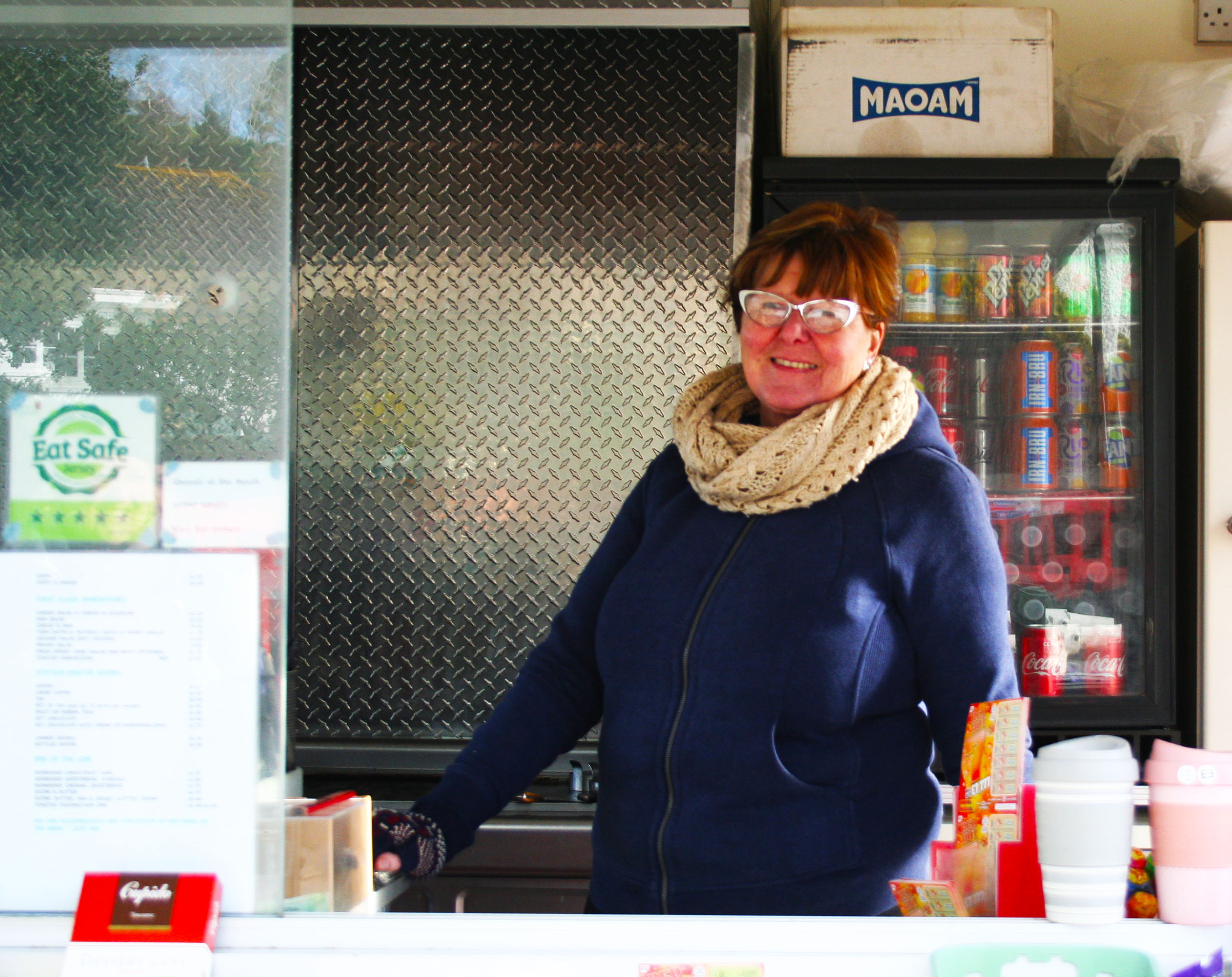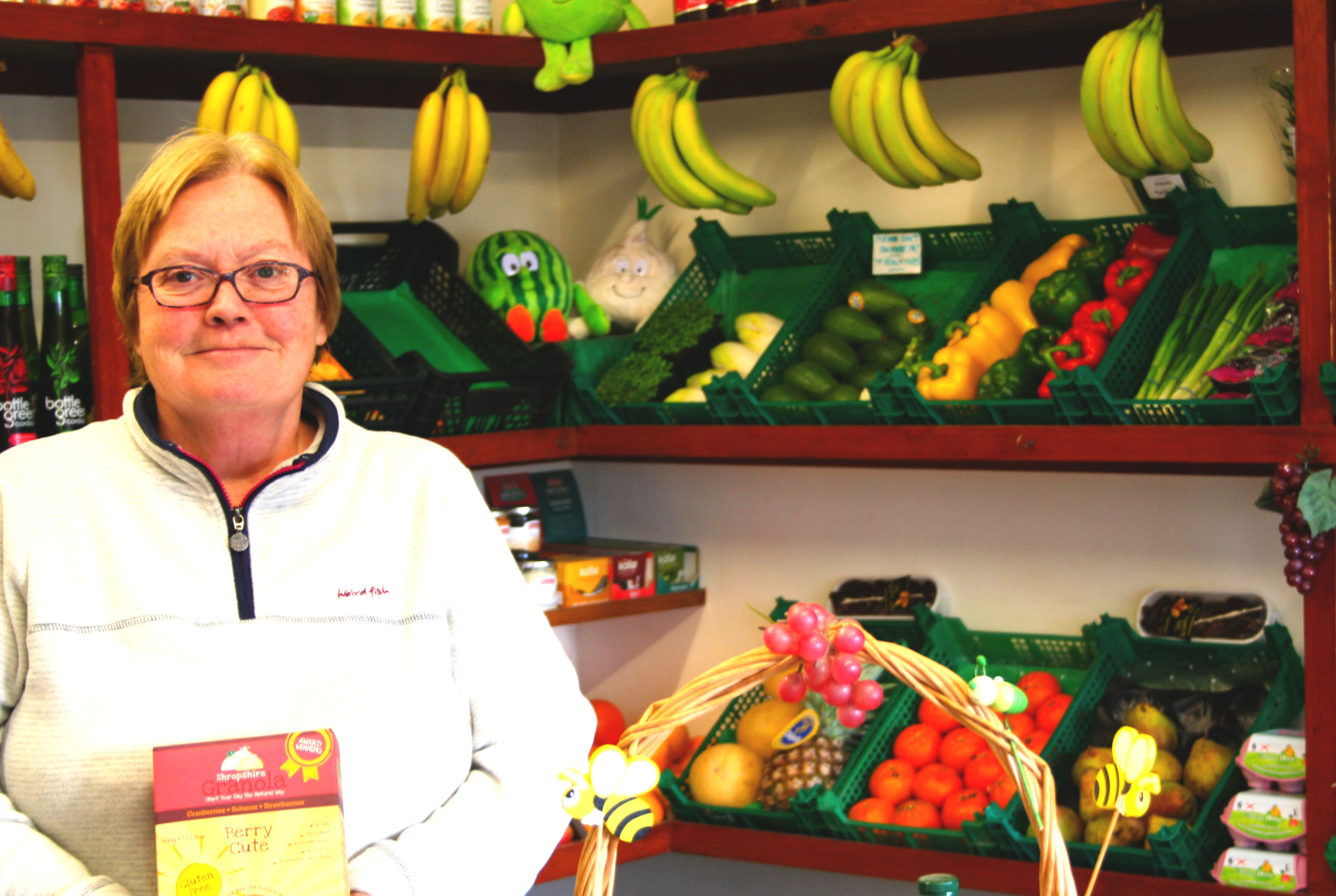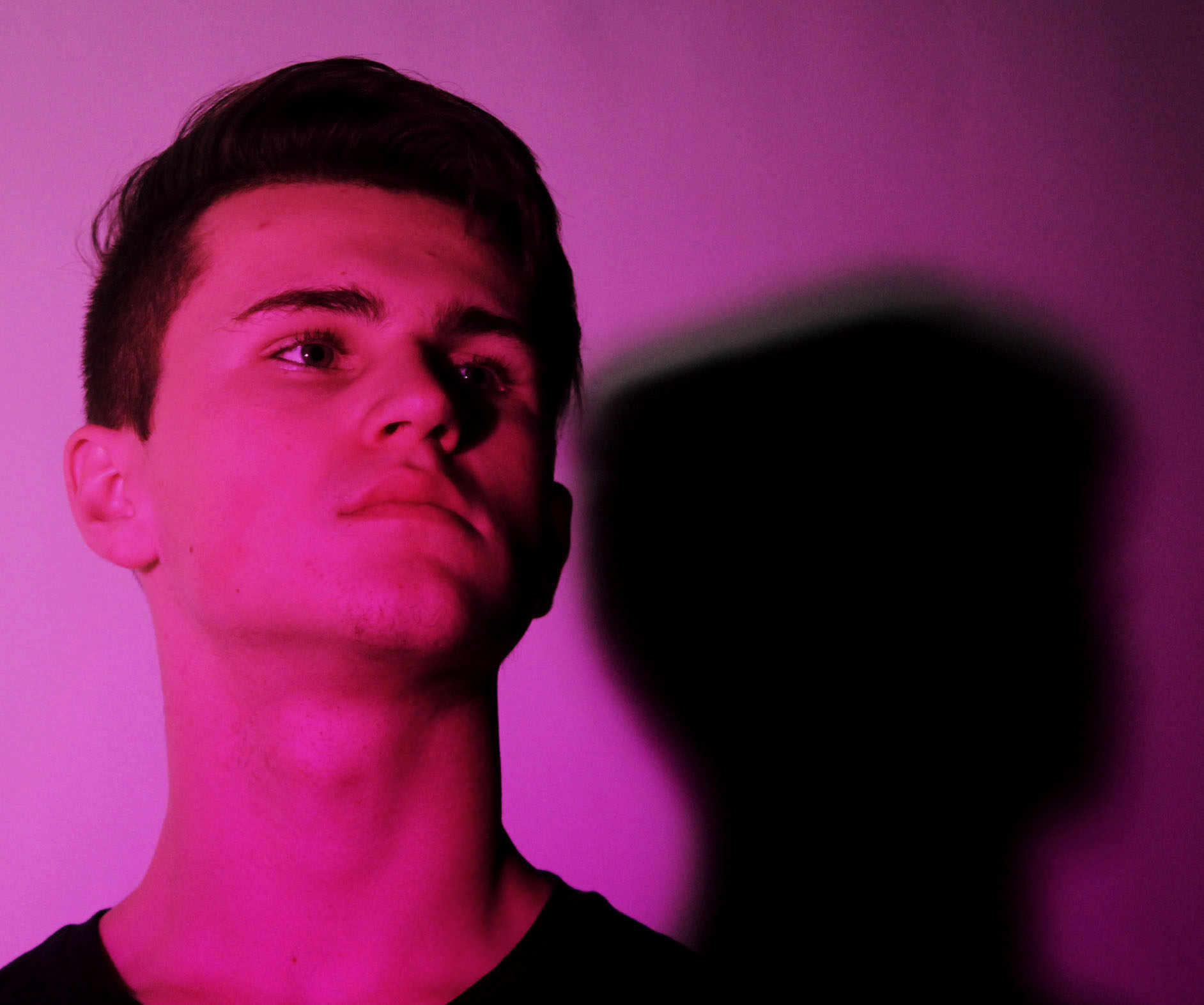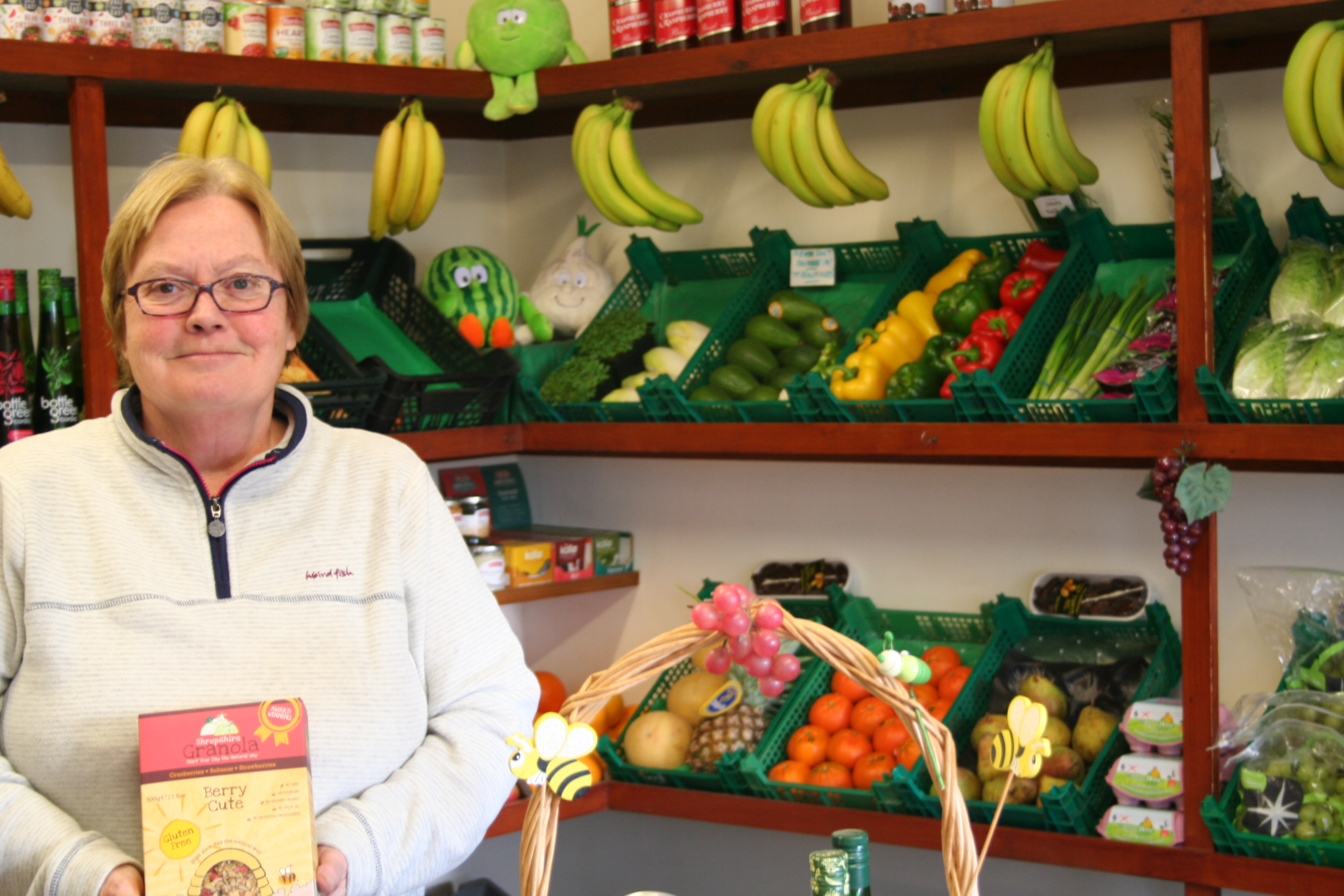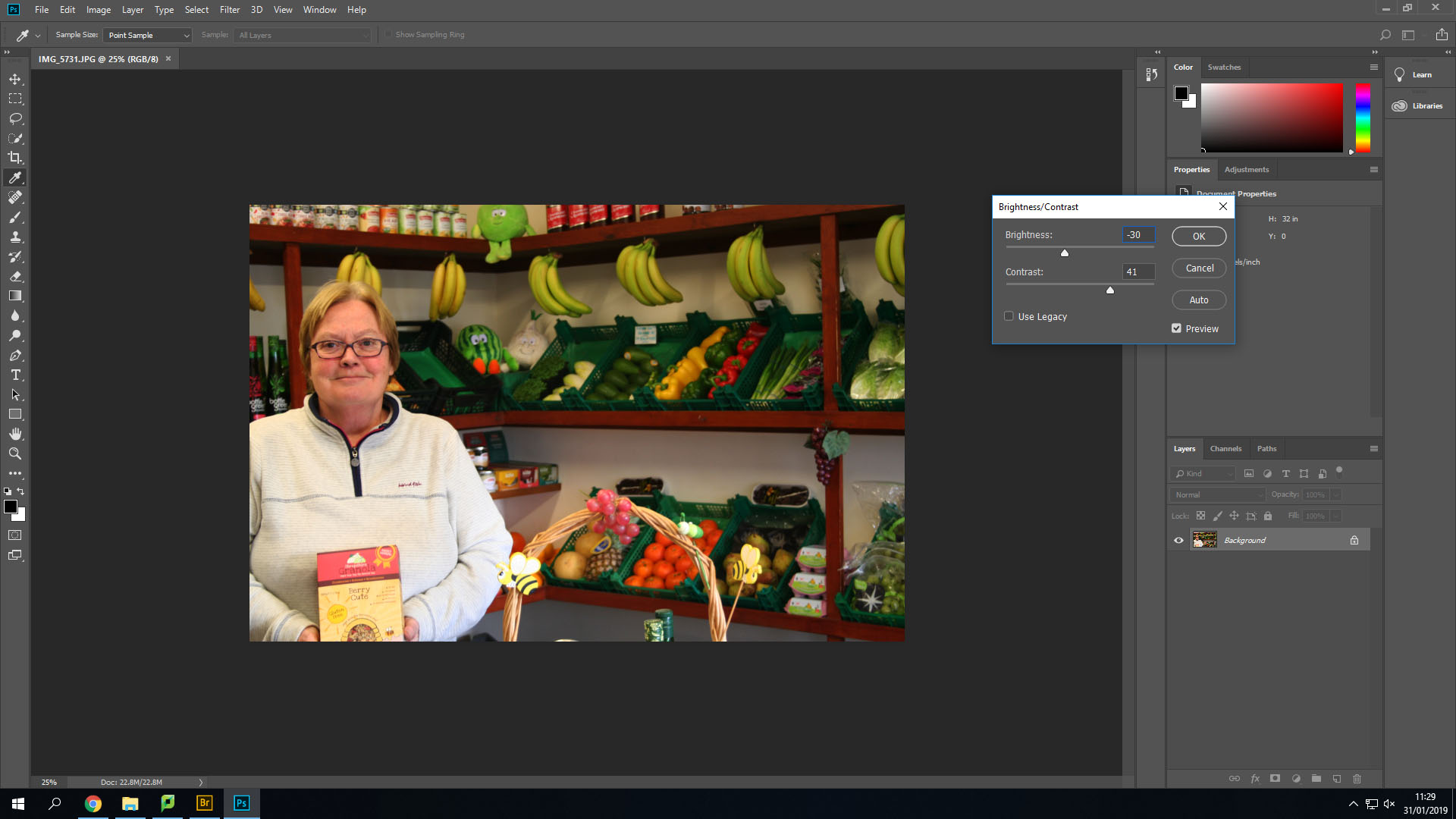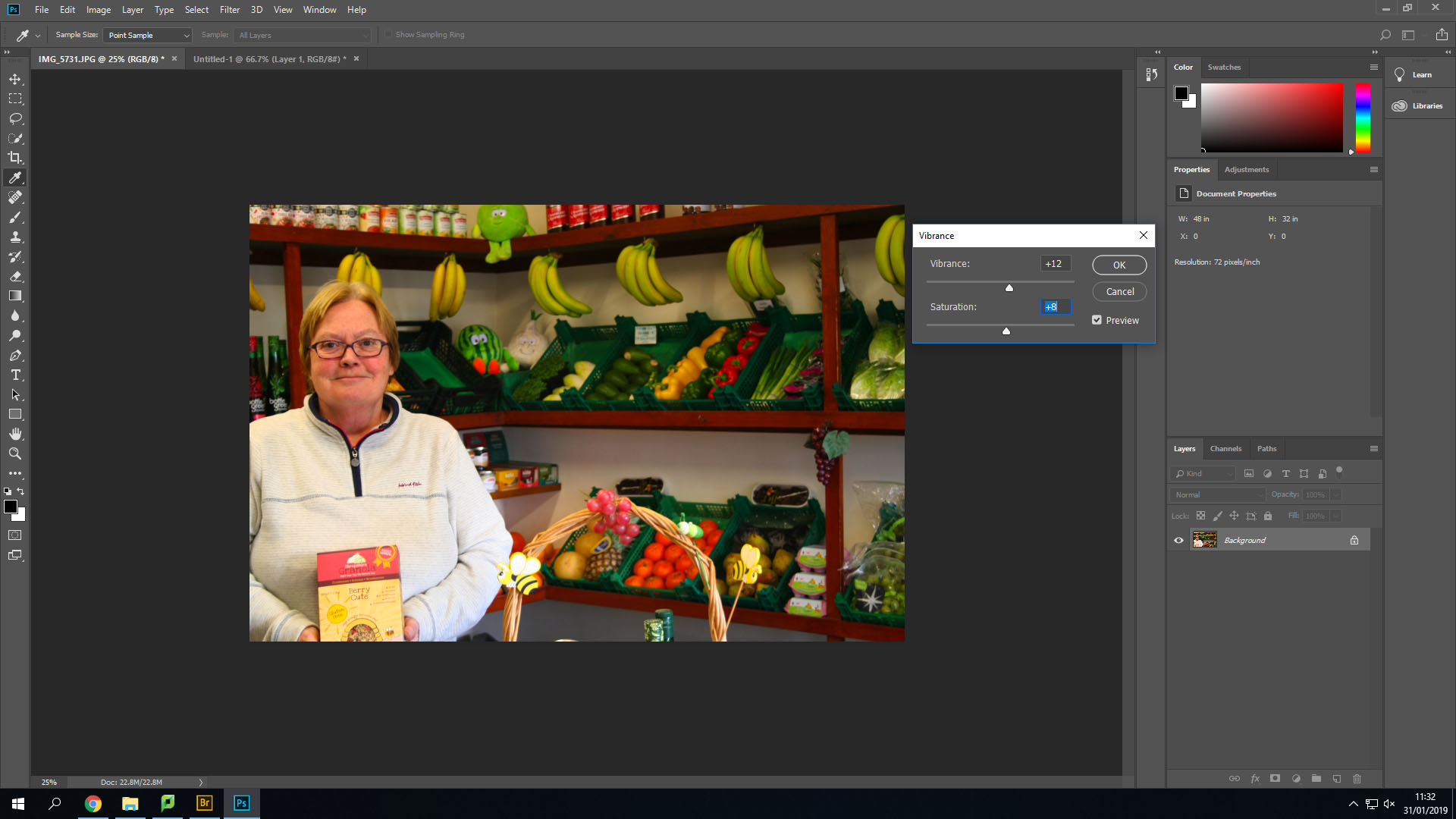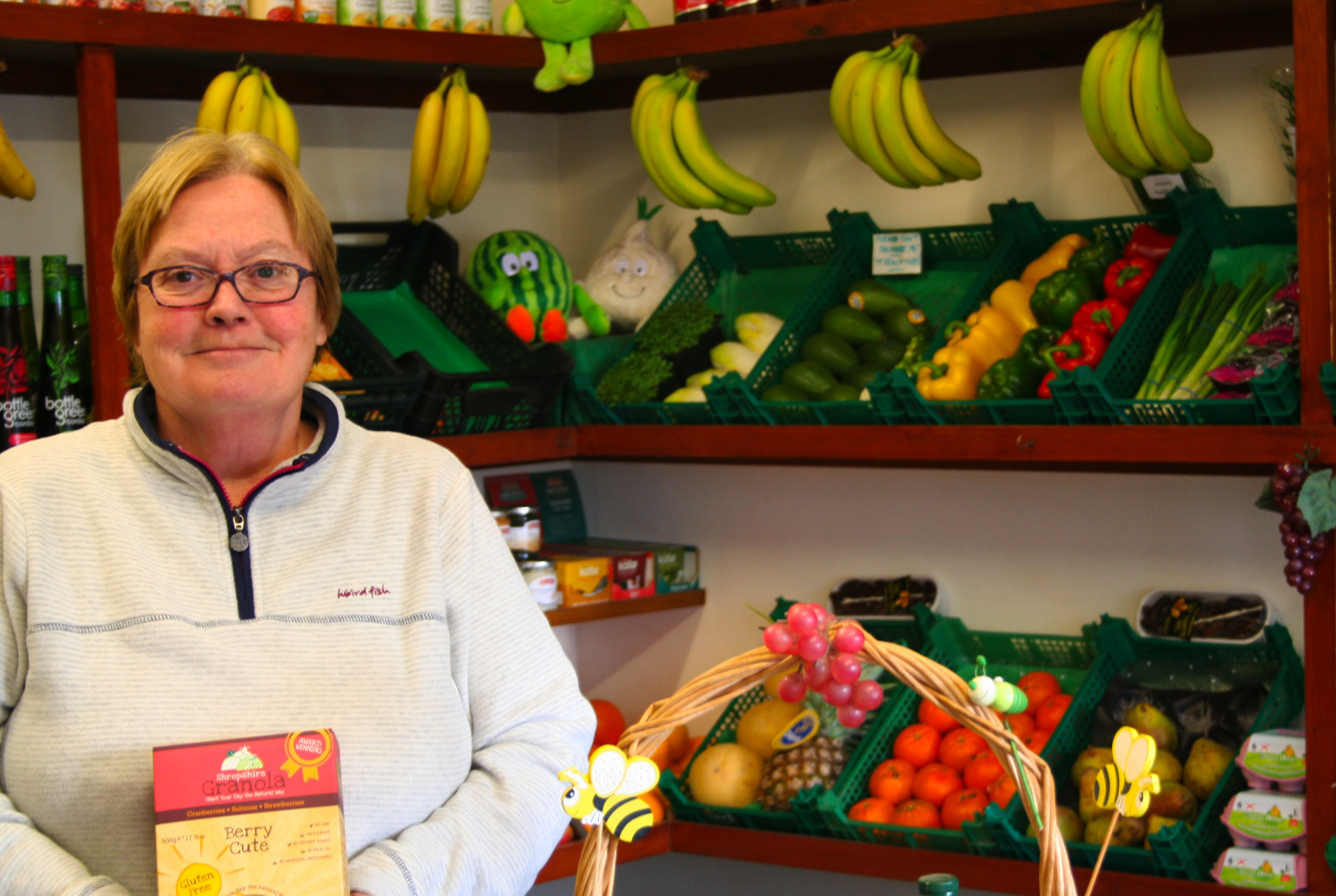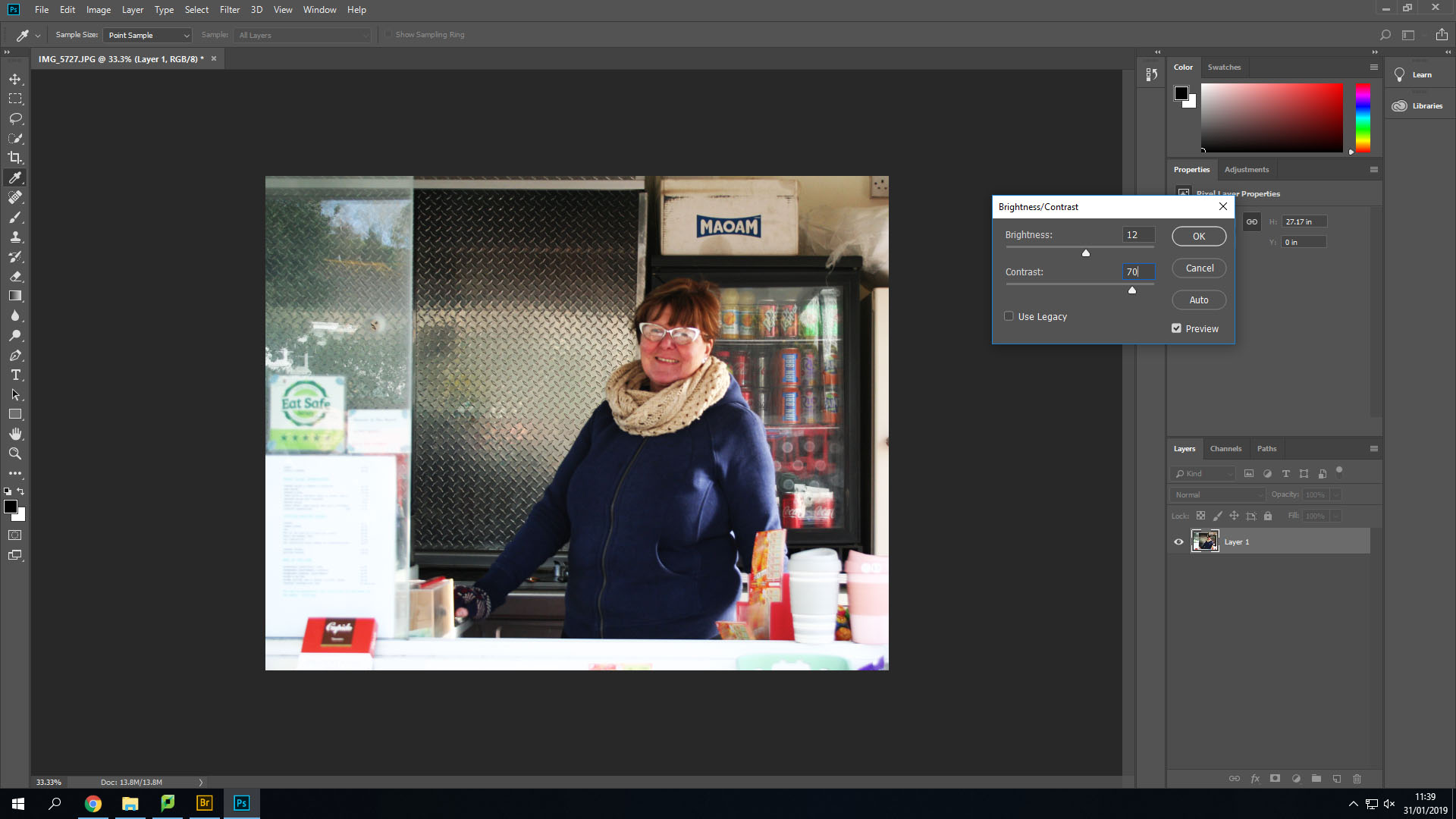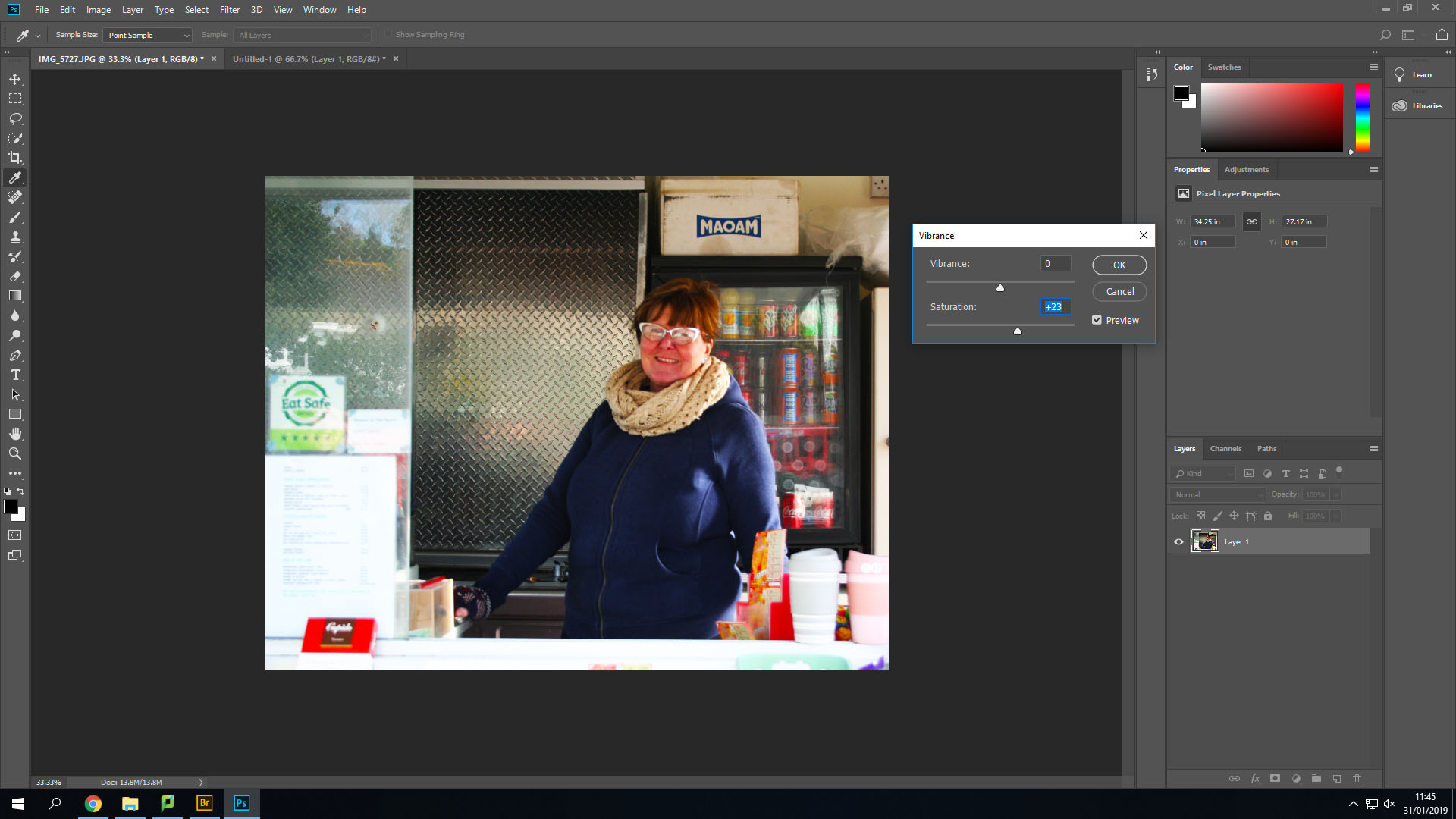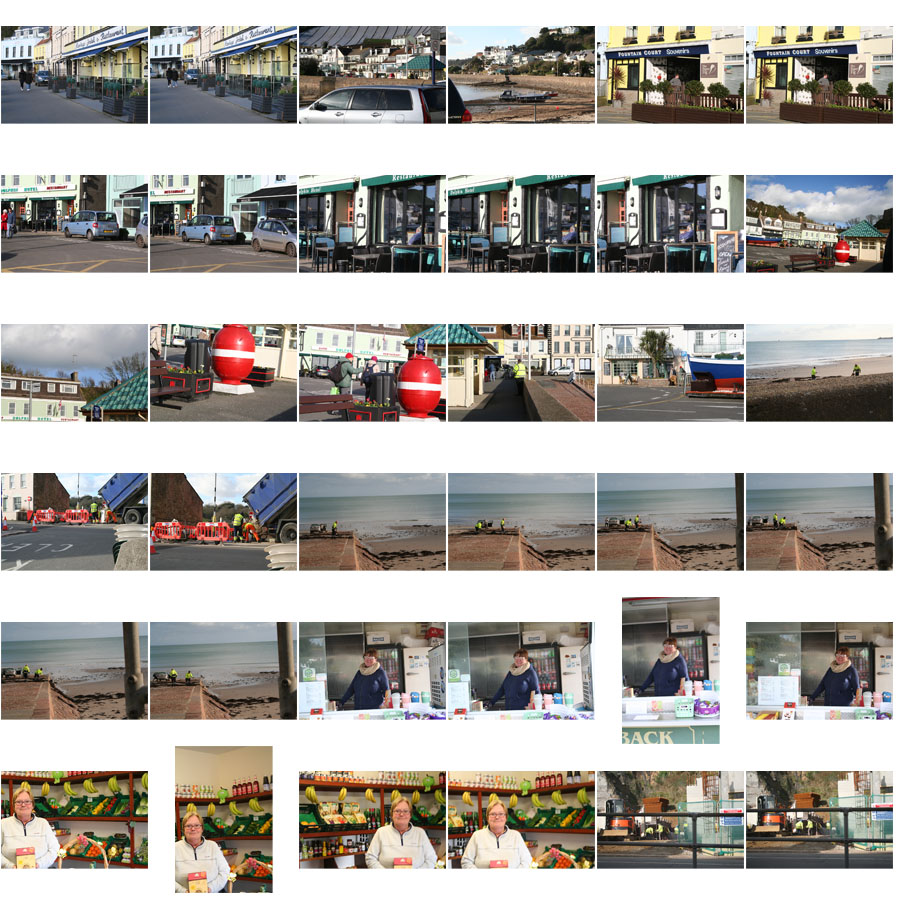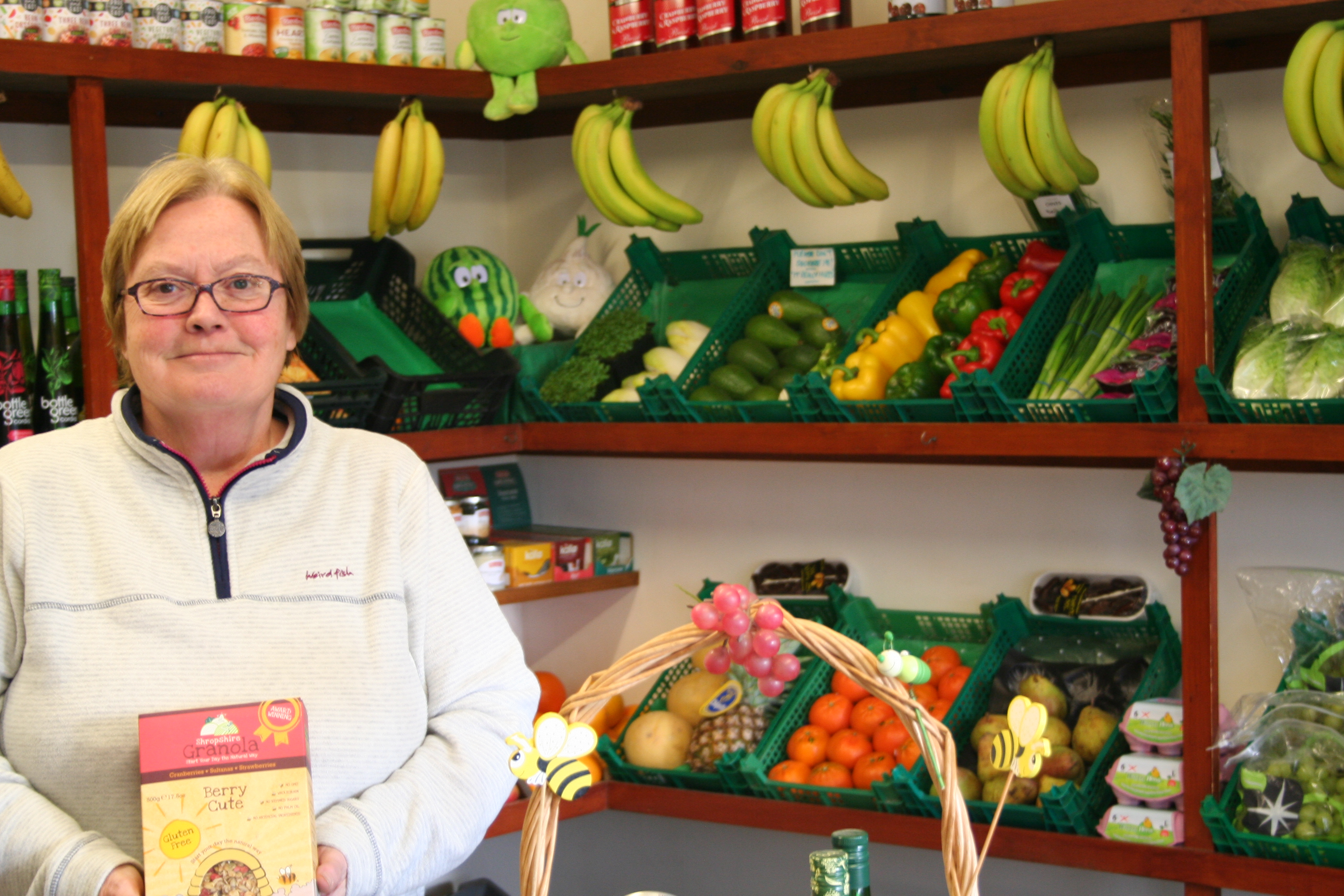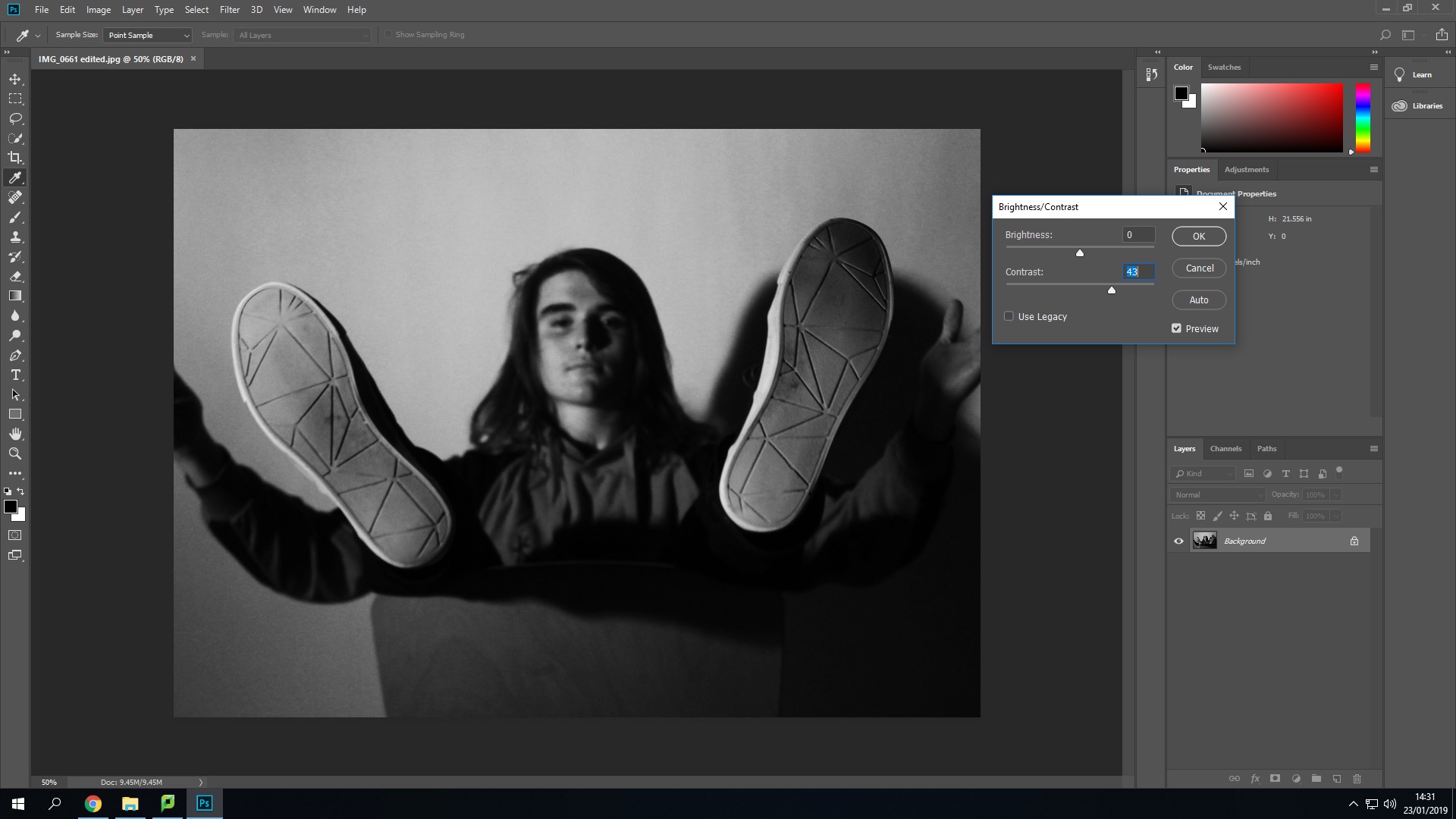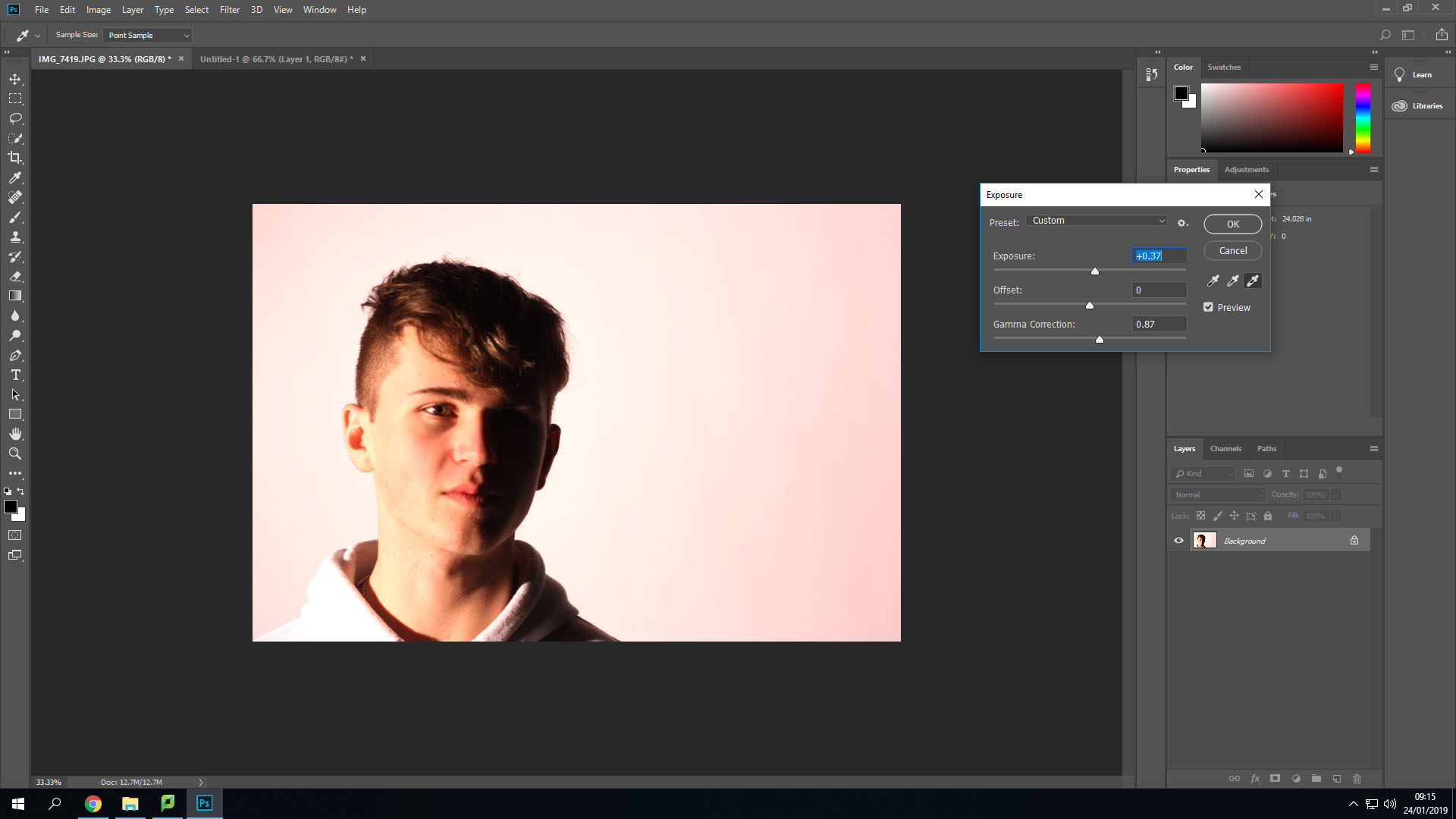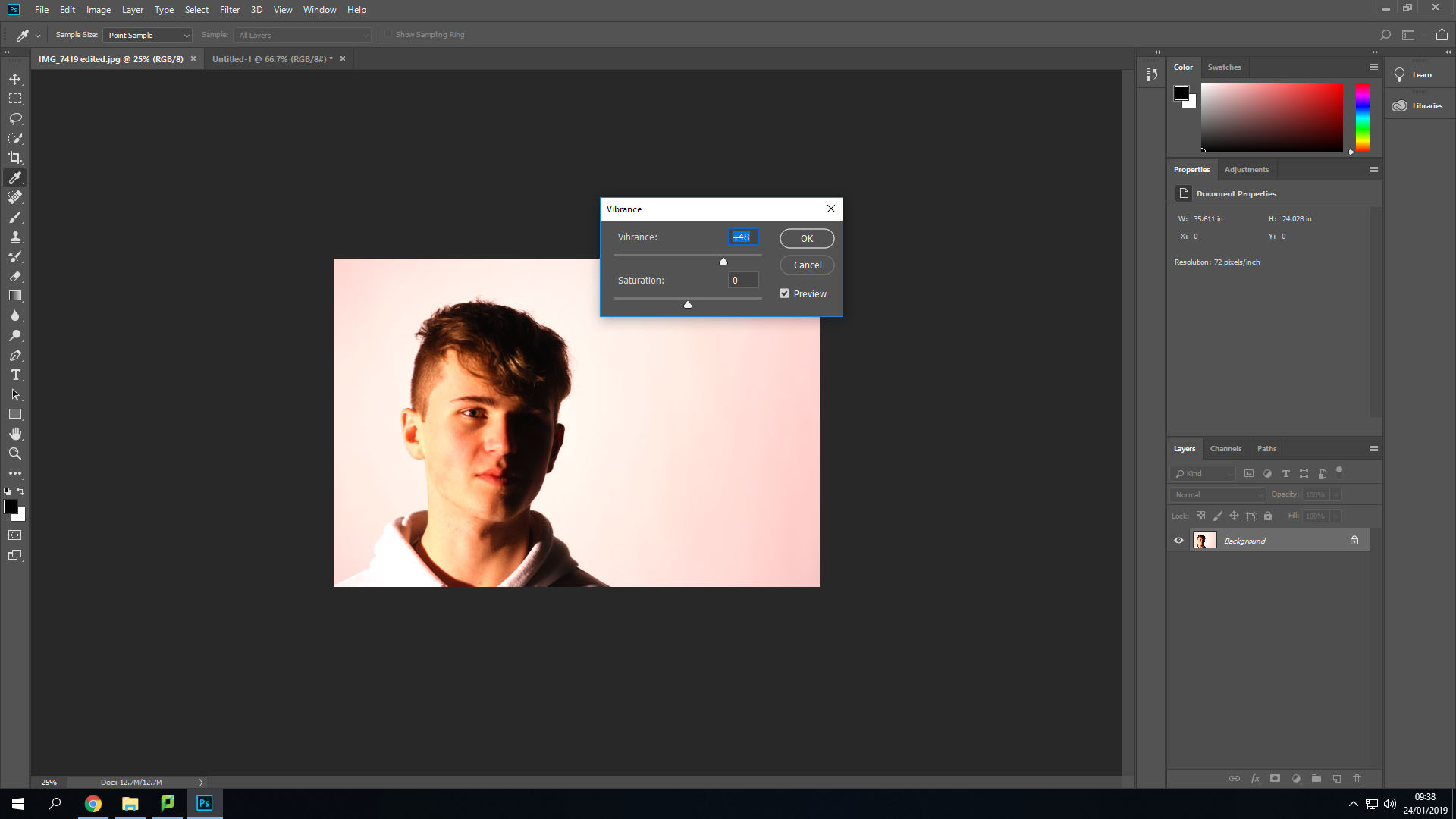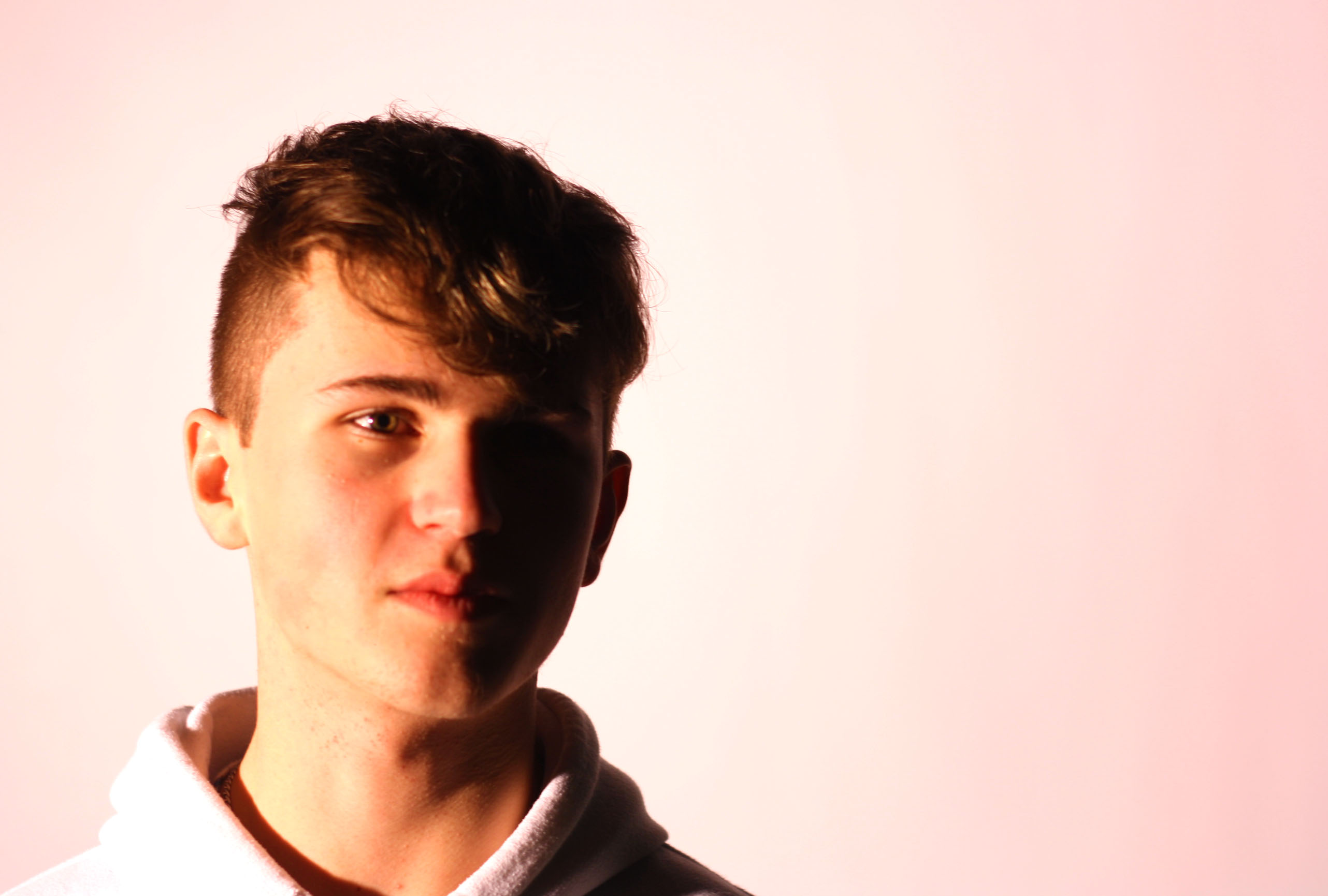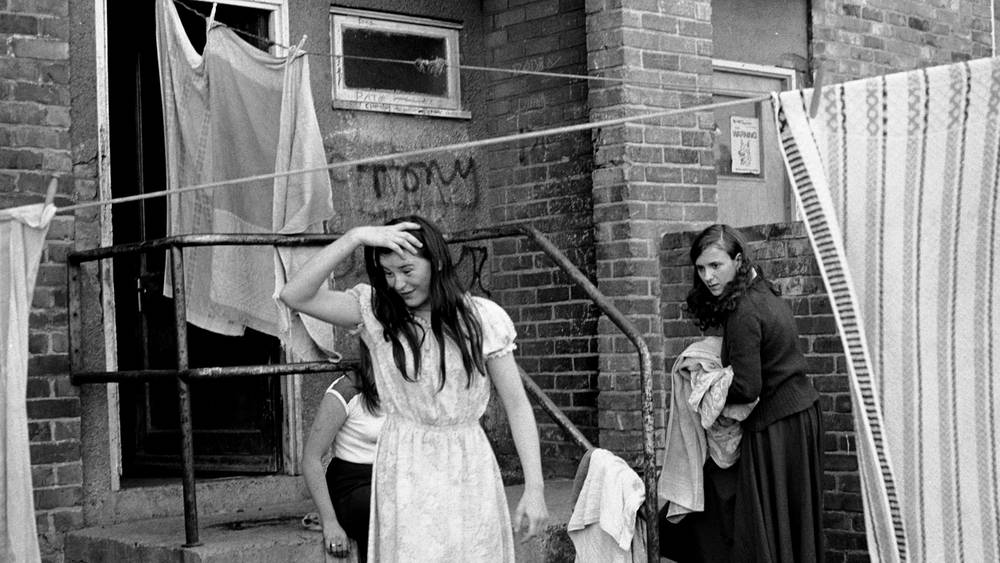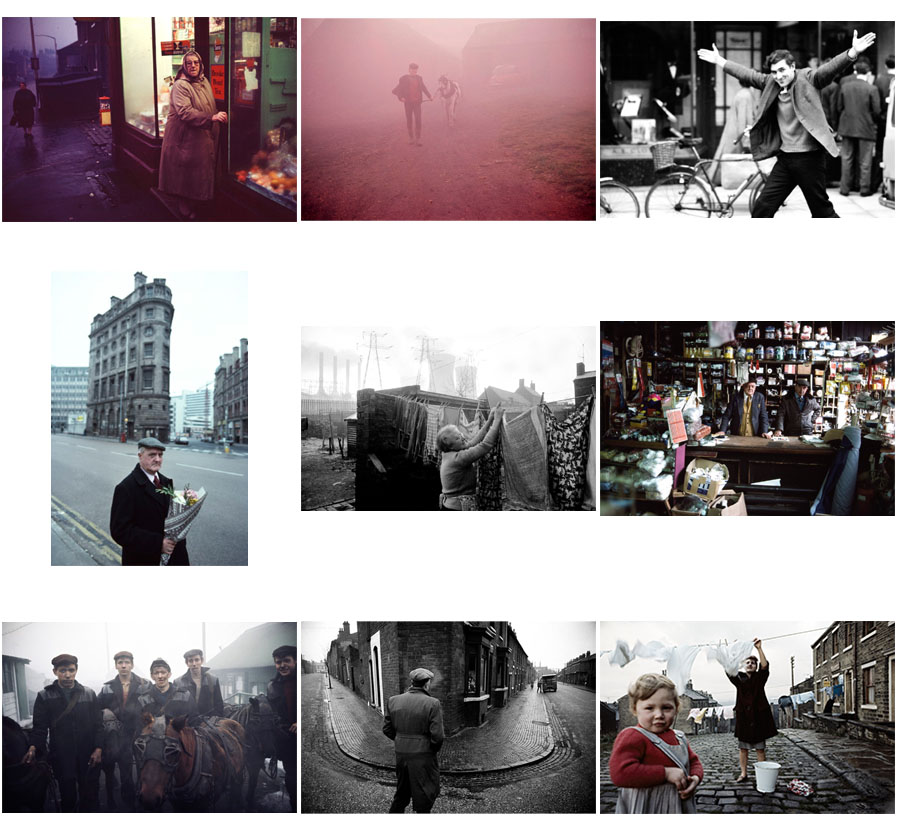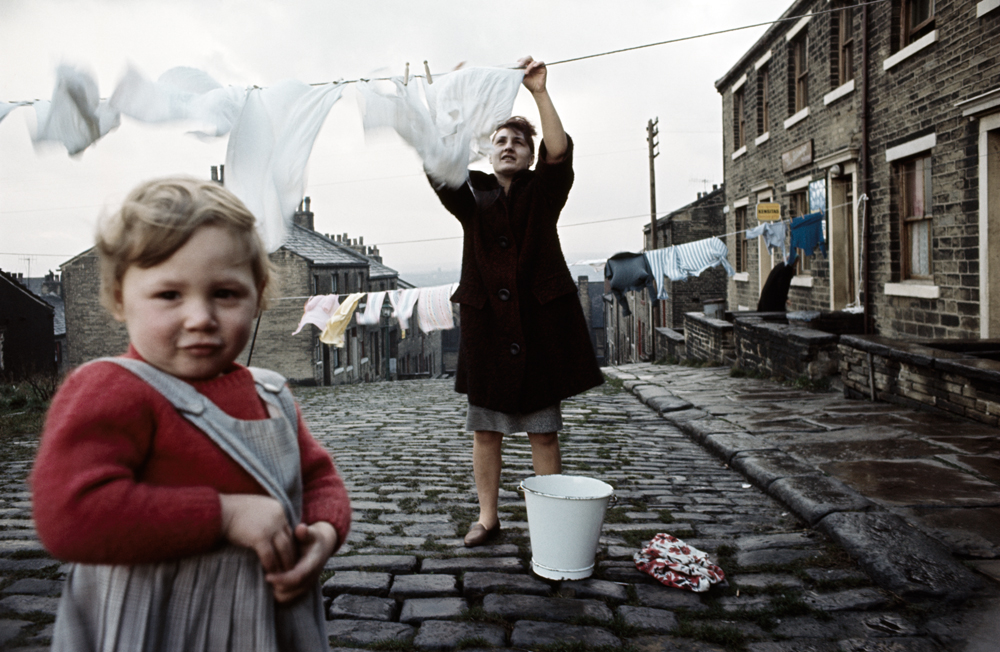I have looked at a lot of different zines. Different artists create them in new unique ways. This means that lots of them have different sizes such as being A5 or A4 pages, they come in different formats such as being in a newspaper or in a hard-back book, and they may be made portrait or landscape, depending on the artists preference. The zine I have spent a longer time looking at is “Lingering Ghosts” by Sam Ivin. This zine has A5 pages. It is formatted as a passport-looking booklet.
Each were designed and laid out differently. The design was quite often based upon what the photos inside were about. The layout of the images inside is also down to the preference of the artist. Some artists decide to have a coloured border around each image, some span a whole page and some span both pages inside. The zine “Lingering Ghosts” was laid out with the images on the right hand page with a small amount of text written on the bottom of the left hand page.
Sam Ivins zine shows rhythm and sequencing in his zine. He creates rhythm through the use of a pattern in how his zine is made, keeping the photos on one side of each double page spread and the quote on the bottom of the left page. His zine also tells the story of Asylum Seekers looking for work and an identity in the new place they are in to feel welcomed. Though, it tells this well, his images are not really in any particular order to tell this which means it isn’t really sequenced to show the story.
The cover of different books varies heavily. Lots of zines have covers that are landscape images that go across the back and front of the zine. Some take the theme of the photos inside further by relating the cover and the other space to something to do with the photos. This is done in Sam Ivins also. In this zine the outside covers and text are in the same font and colours as that of a passport. This is done to relate the asylum seekers who are unable to get passports, and therefore an identity, which is why the faces are removed on the images inside.
Lots of zines tend to have different visual and narrative concepts. The zine I looked at by Sam Ivins, showed people without a face. The face is the most recognizable part of a person, and through the removal of it he has shown the people which are asylum seekers to not really have an identity outside of their own country.
The title and colour scheme are very important as it is pretty much what decides whether people will decide to browse the work of the artist. In Sam Ivins zine he uses a dark-red colour scheme with a more light brown text colour for the title, this made the zine come out with a passport look. It has an interesting title that can catch peoples interests, and can make people think of different things as the title is quite vague.
The images and text in Sam Ivins zine are all related to the theme of Asylum Seekers. The images are all really similar and show peoples self-portraits, with parts of their faces removed to symbolise them having no identity. These images are used with quotes such as “I can’t work. They won’t allow me to work.” and “He will feel like a stranger until he gets the papers.” These quotes are supposed to make the reader feel bad for these people who have been almost forced to leave their previous homes to a new country, where everything is against them.

